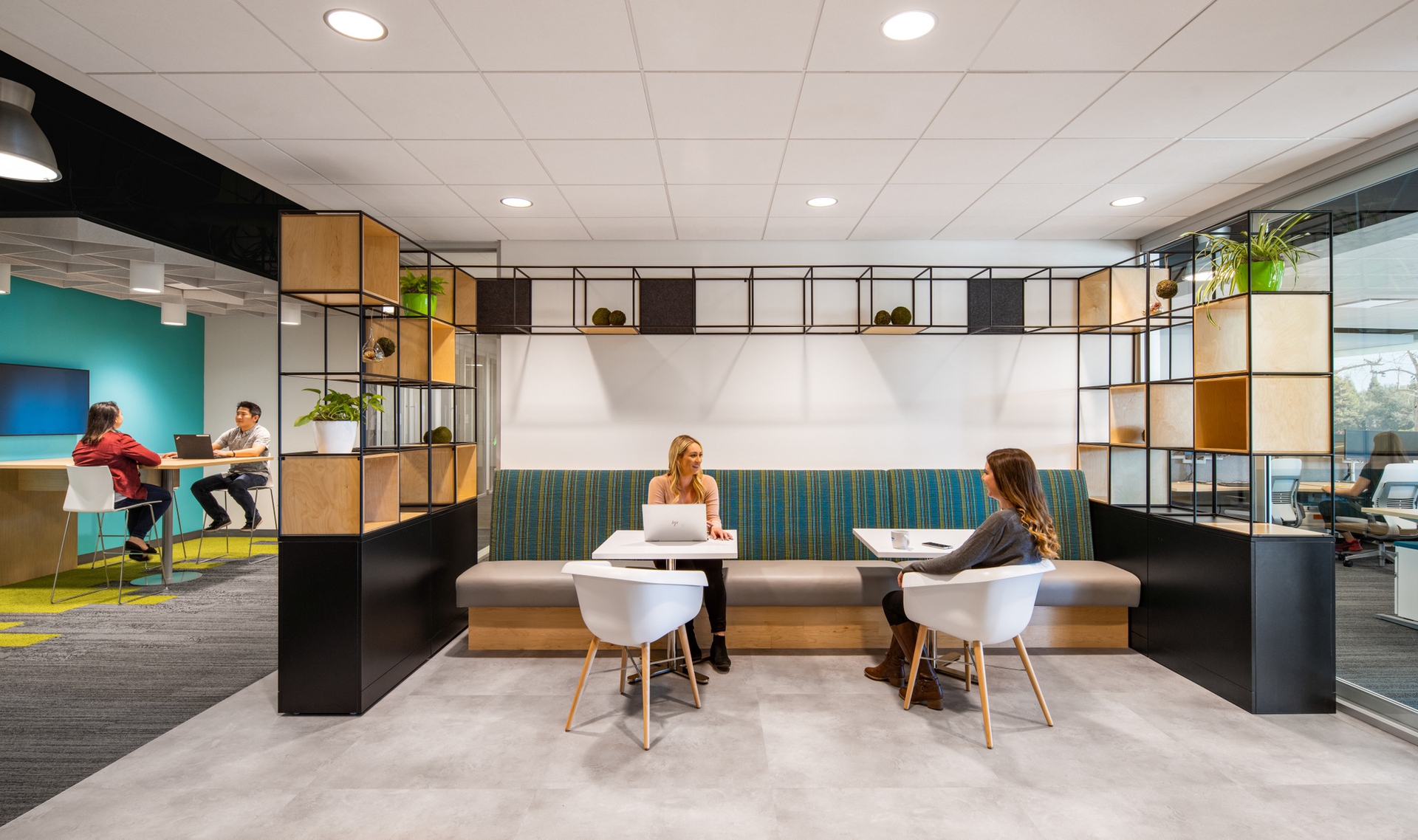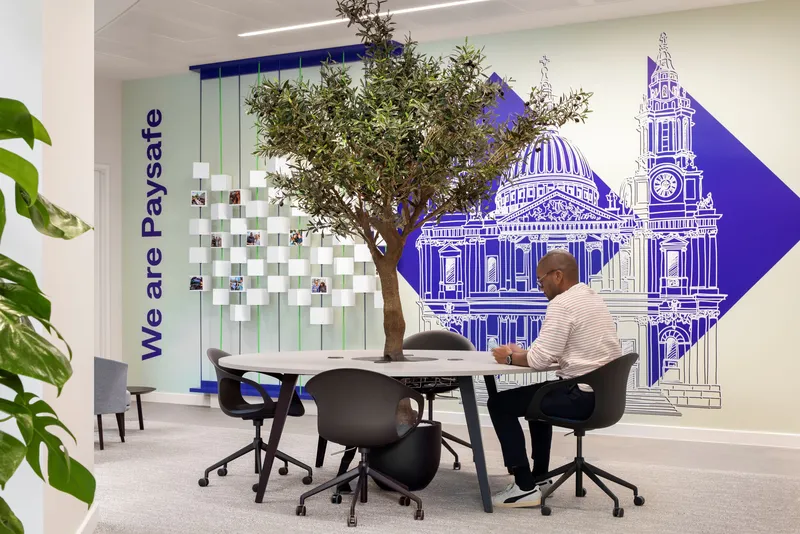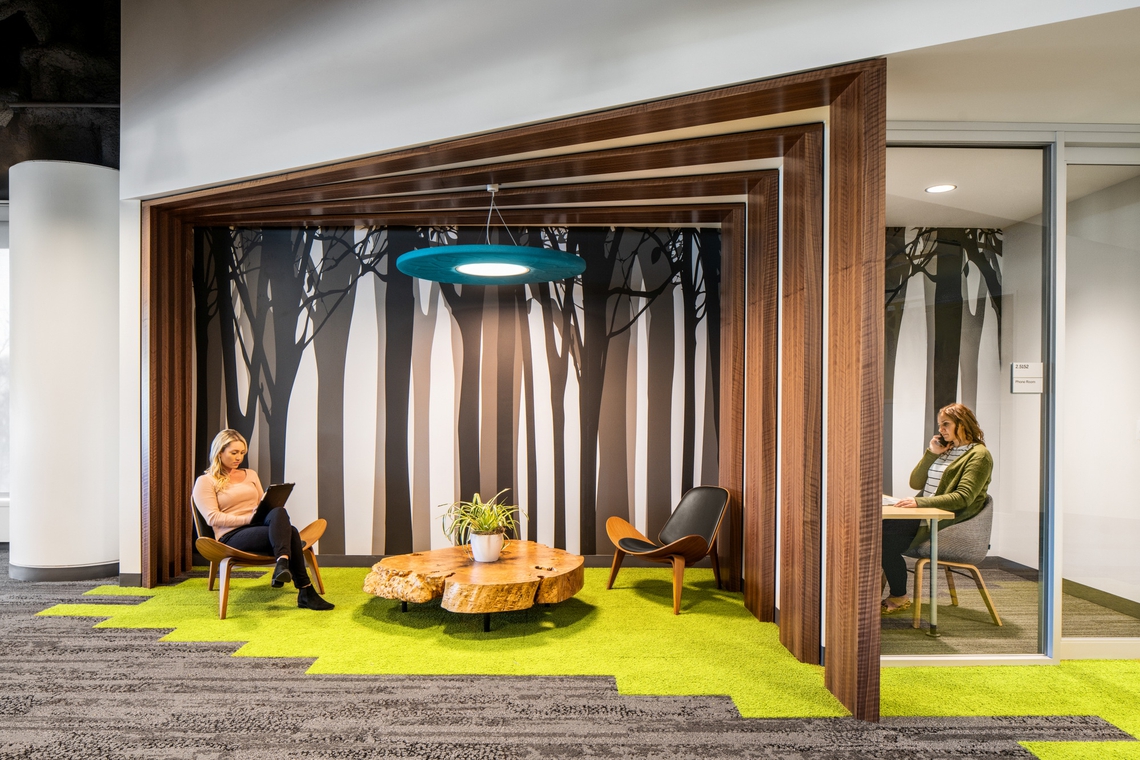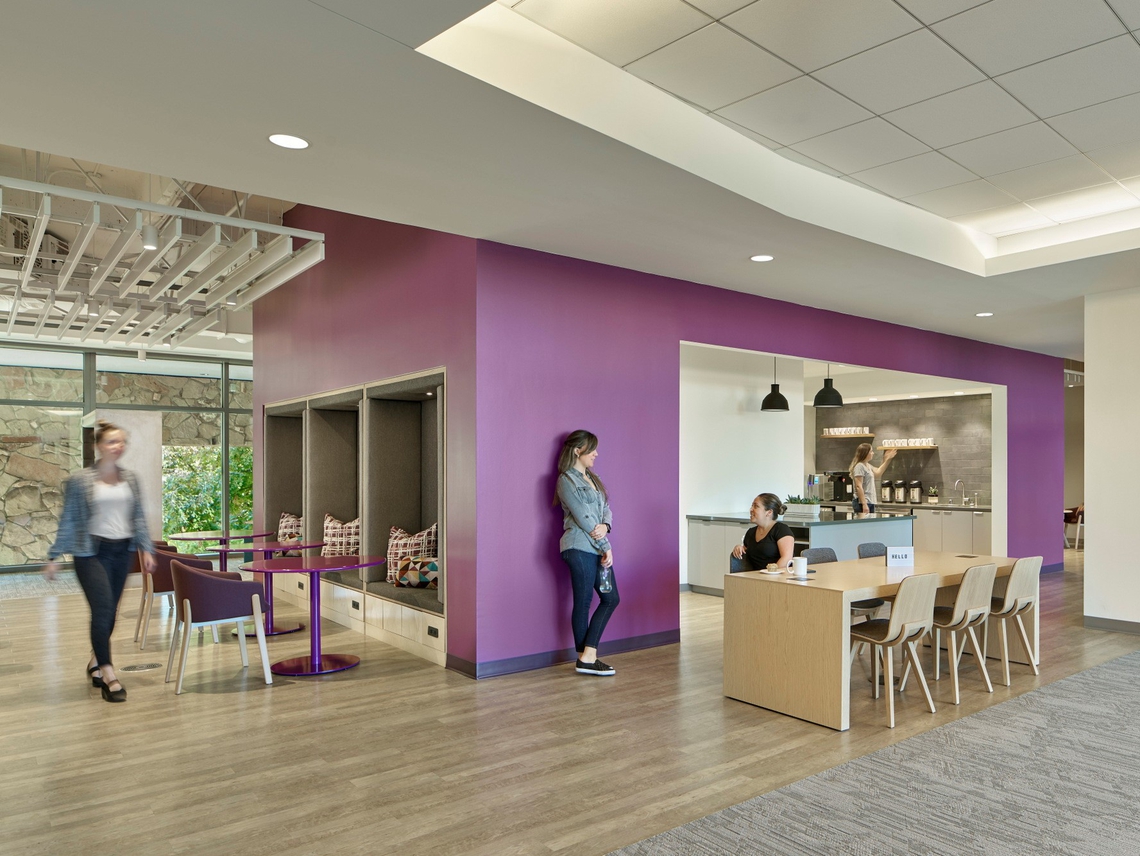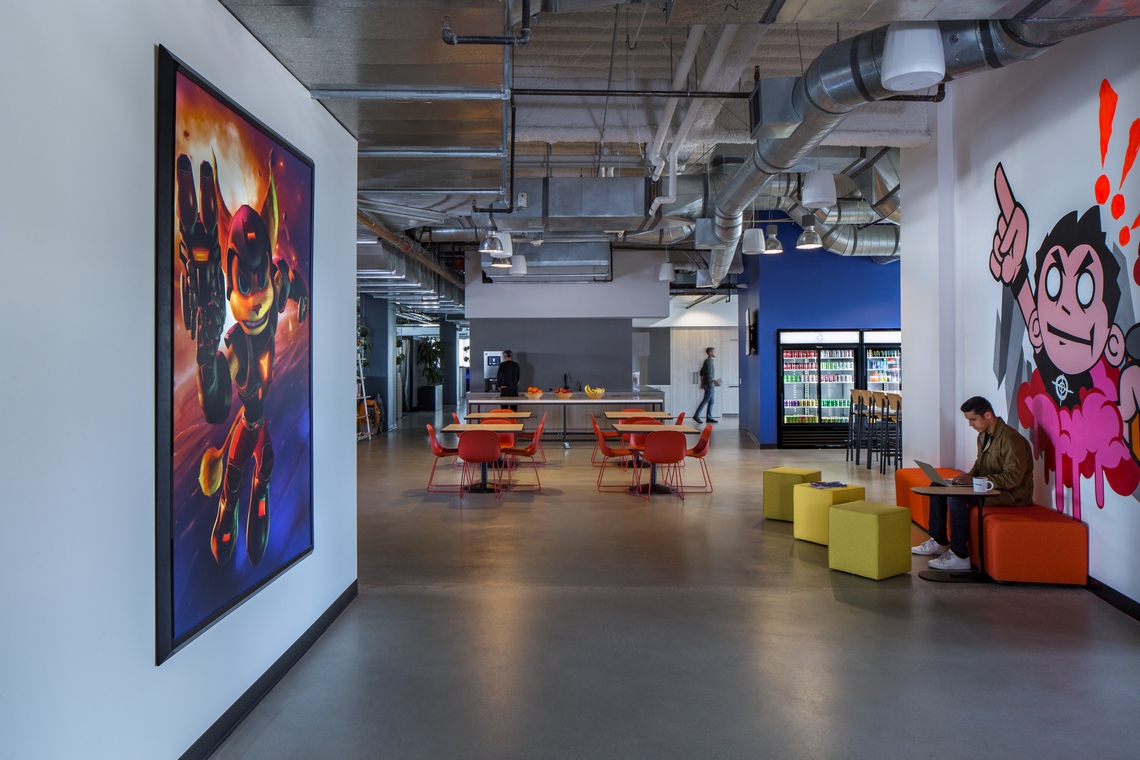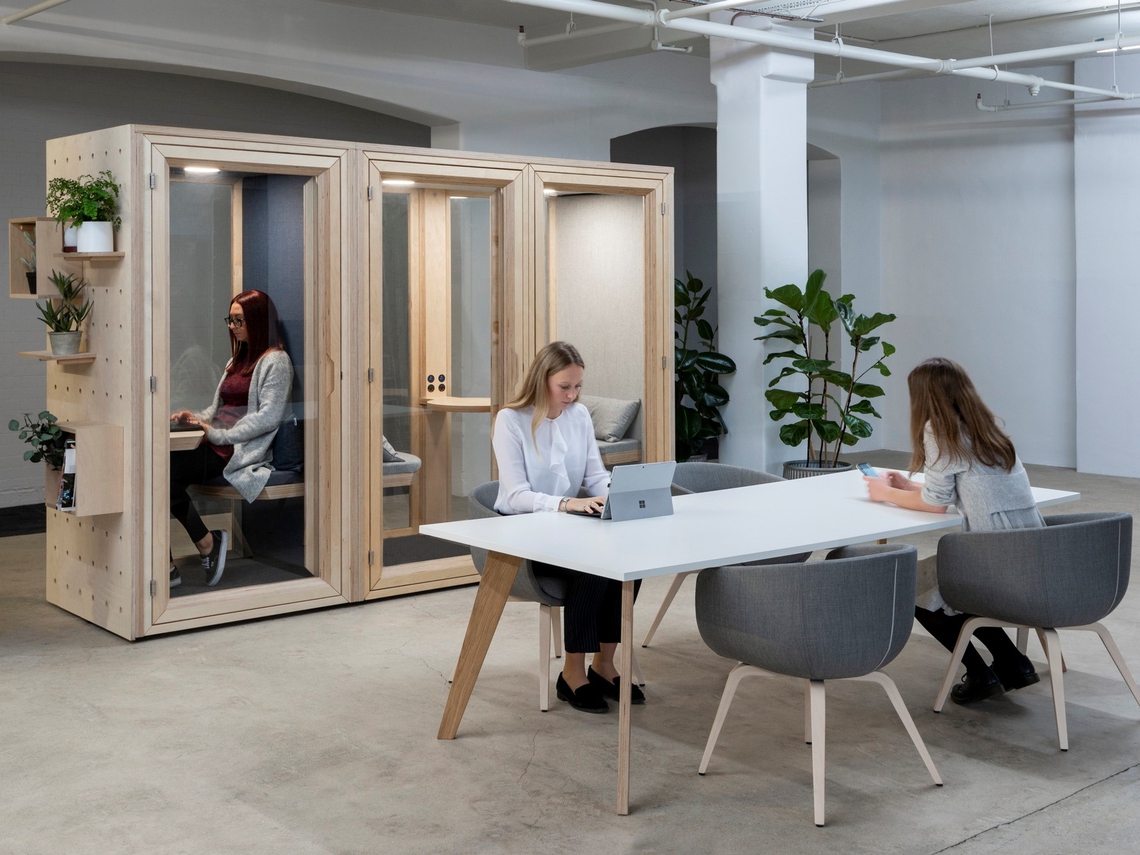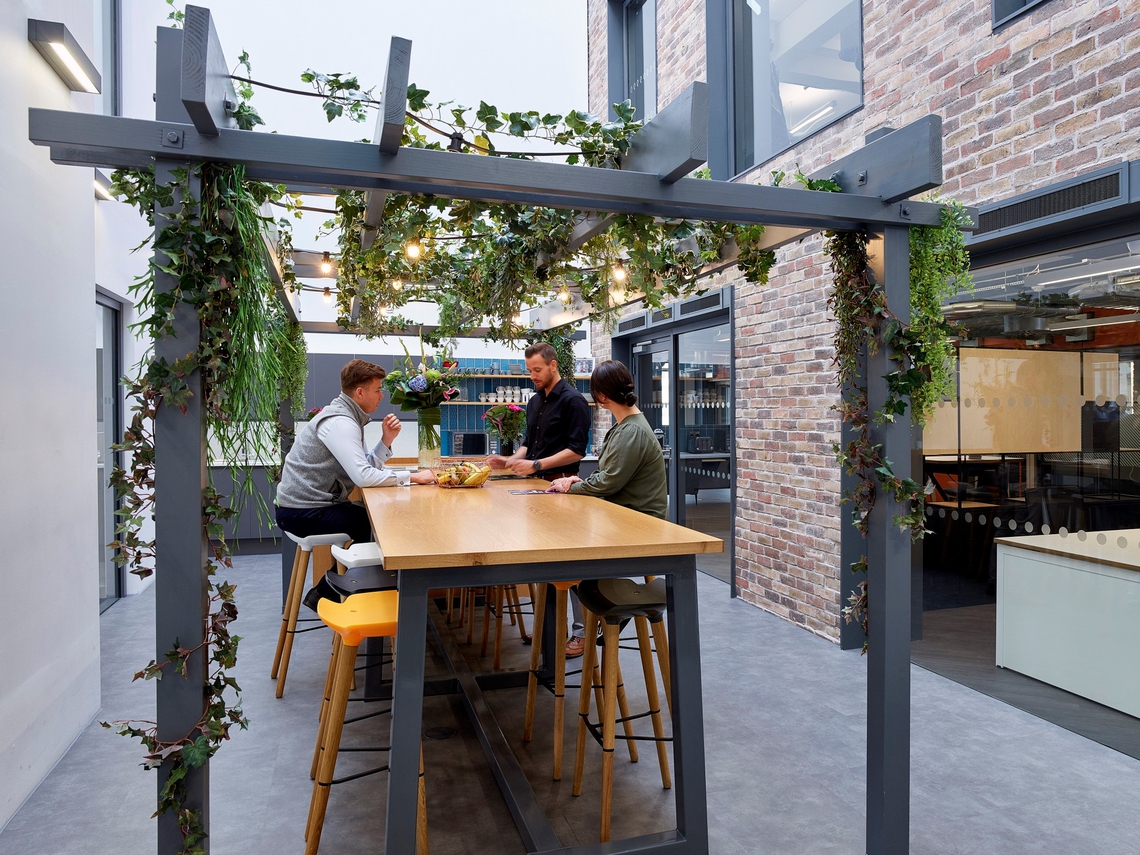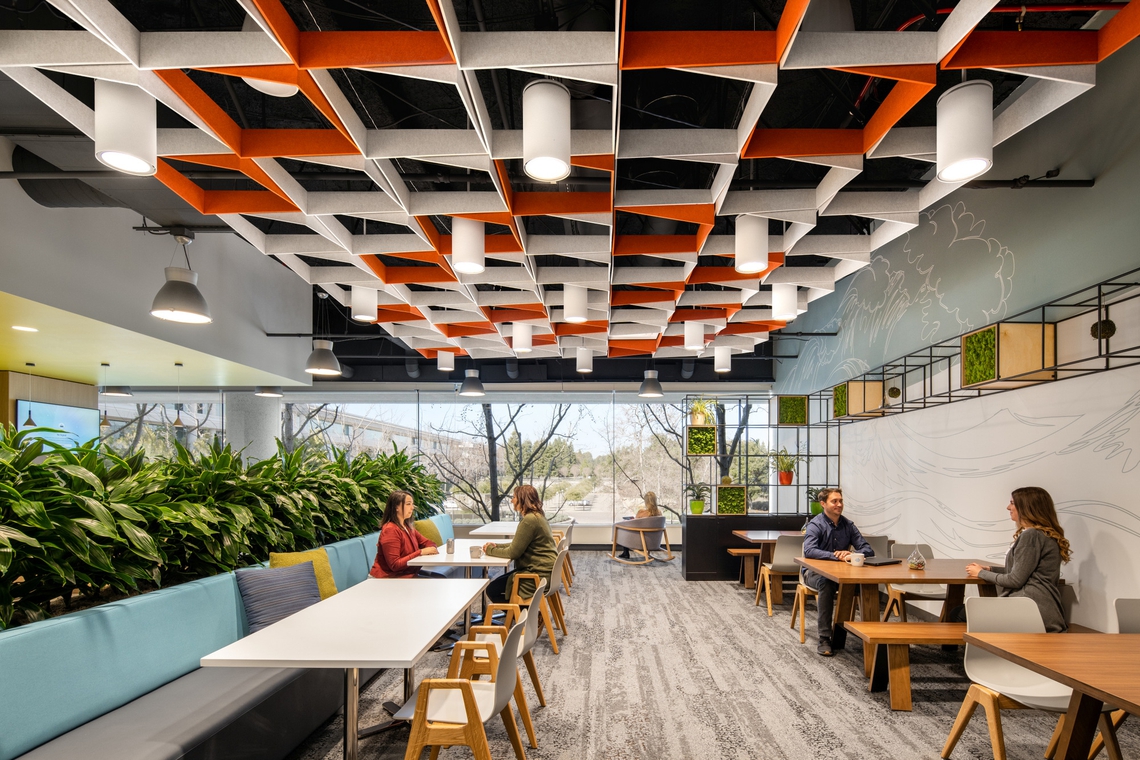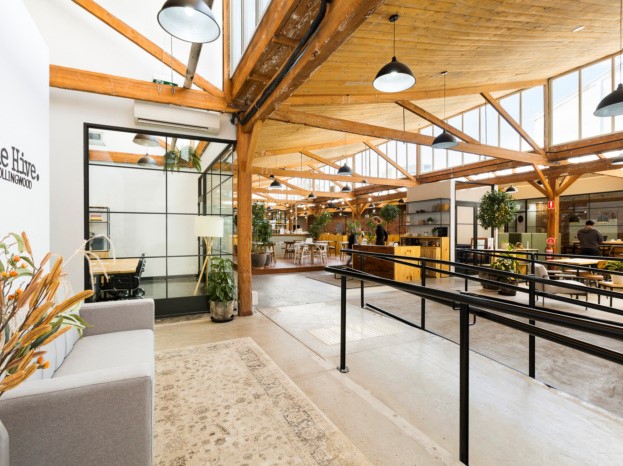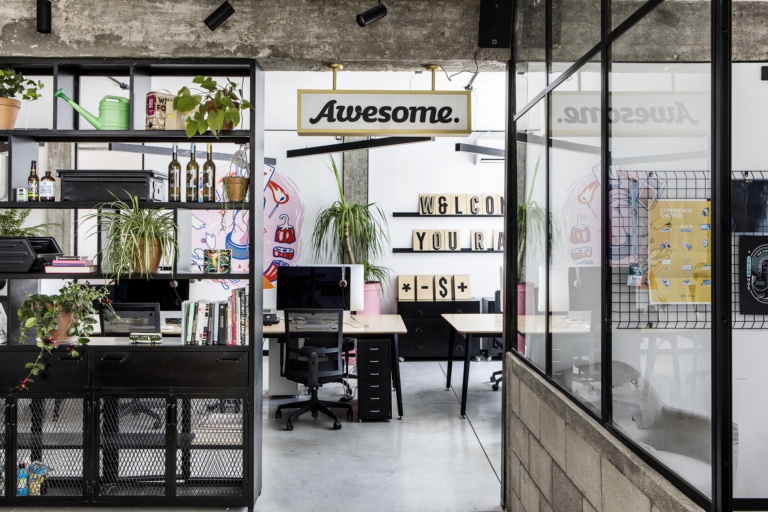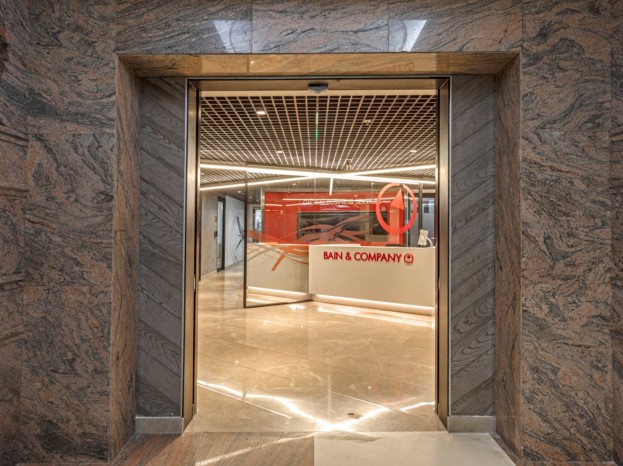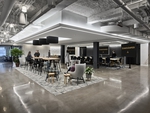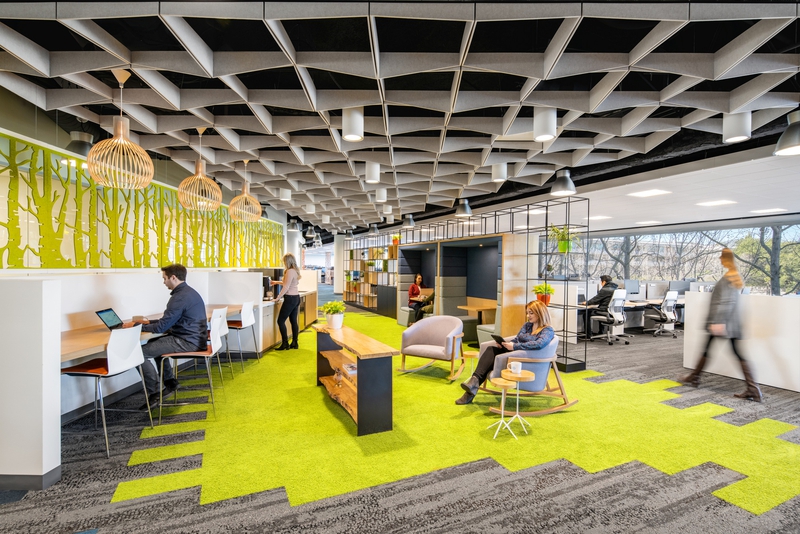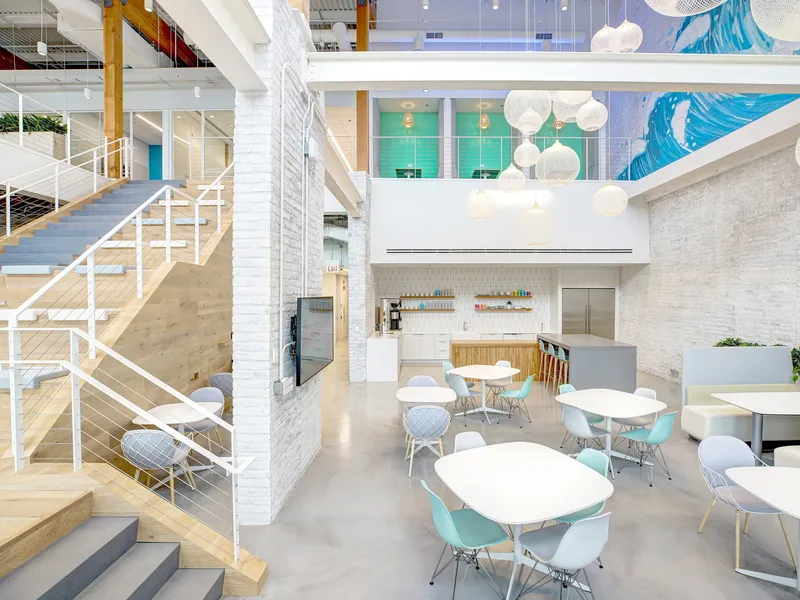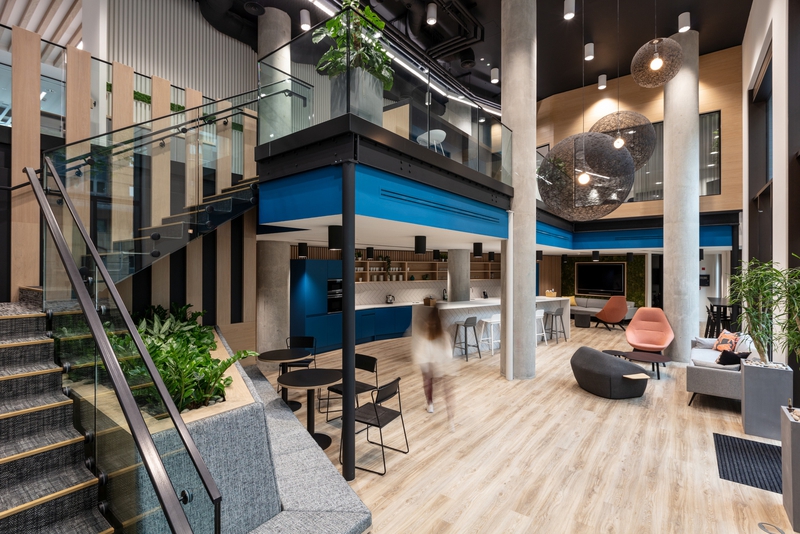March 31, 2020
Industry Trends
We’re no longer designing an environment for our people, we’re designing an experience for them. Leading 21st – century companies like Google and Facebook build their whole organization around their employees’ experiences, and have dedicated managers overseeing those experiences and making sure their workforces are happy. Well-designed offices provide better user experiences for those working in them, leading to a boost in job satisfaction, productivity and creativity.
An experiential workspace is good for the bottom line: according to research by author Jacob Morgan, an expert in this field, companies that focus on the user experience make a whopping four times the average profit, and more than twice the average revenue, than those that don’t.
A Psychological Approach to Design
Adopting a psychological approach to design is particularly effective in gaining a competitive advantage in attracting and retaining talent, because employees judge their working experience against how they imagine it would be to work elsewhere. We tend to think the grass is greener on the other side, and frequently ask ourselves questions like: do I really love my job? Does my workplace reflect my values? What about my friends, what are their workplaces like? A good user experience will take care of these questions.

There are two elements to setting one up successfully: the first is to develop a detailed understanding of the needs of each employee, and how they work best; the second is to then design spaces and ways of working that will satisfy these needs. When your staff’s needs are met, they’ll feel in control, they’ll understand their surroundings intuitively, and they’ll naturally perform well. But given that today’s workplace is more diverse than it’s ever been, and we’re all unique individuals, how can one office provide a good experience for everybody that works there? The answer, of course, is variety.

“Not only is work happening everywhere, everything is happening at work”
A recent study by Steelcase found that half of the world’s office dwellers feel that they need a change from working at the same desk every single day, so clearly it’s important to provide a range of spaces for them to choose from. But that’s not all. The same study also found that half of employees can’t find the kinds of space they need in their workplace. It’s just as important to provide the right range of spaces: spaces for focus such as individual working pods, spaces for collaboration, and spaces for relaxation. It’s also important to draw on the insights of space users to get the ratio of these spaces right.

The ‘Experience Index’, published by leading architects, Gensler, includes some startling facts: such as that 98% of employees admit to doing non-work activities while at work. However, we’re also doing a lot more work outside of the office, in our own free time. The boundaries between work and home and retail and leisure spaces have been dissolved. “Everyone is doing everything everywhere,” the report explains. “Not only is work happening everywhere, everything is happening at work.”

Our workplace has to satisfy all of our needs. This is one of the key reasons why co-working spaces have grown in popularity: they satisfy multiple needs in one building. For instance, informal social spaces help to create close bonds between colleagues, which raise trust levels, encourage more and better collaborative practices, and increase satisfaction levels. Likewise, spending time away from your desk to relax, or even just to waste some time, which used to be frowned upon, is now seen as highly beneficial for creativity. In fact, one of Gensler’s key conclusions is that we should make every space feel more like a public space: “Their diversity and welcoming nature prove to be key components of success too, a goal toward which every space should aspire.”

Closing Thoughts
With our increased focus on wellness and quality of life, attitudes to work have changed dramatically, and will continue to change as younger generations enter the workforce. Higher salaries are no longer enough to convince talented people to join a company, or to stay in a job they’re not enjoying. Instead, we need intelligent user experiences that satisfy the changing needs of everyone.
According to Dr. Ron Friedman, the award-winning social psychologist and author, “The future of the workplace is a location that attracts employees who want to come there because it facilitates their performance. … The answer lies in building offices that optimize space for performance instead of just profitability.” And so, understanding what your employees are thinking and feeling, and working with the best workplace designers, is now more important than it’s ever been.
Share this article
